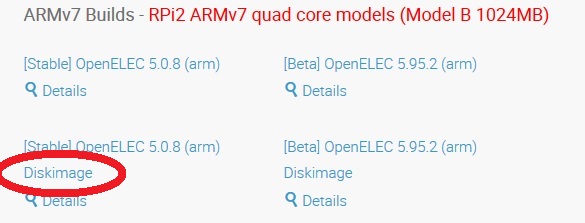

Installing the memory and SSD is extremely simple. This is what the combo looked when it arrived at my home: It comes without memory and storage media. OpenELEC is Linux-based, which might shy away some people, but the installation and configuration process is pretty straight forward as you’ll see later. However, the people at OpenELEC have design a minimal OS that was originally designed with one task in mind: to run Kodi. You can install Kodi on all major platforms (Windows, Mac, and Linux). I decided to go with Kodi for two main reasons: it is free and open-source. The decision usually comes down to personal preference. Like most HTPC fans I was debating between Plex and Kodi. Then, it was time to choose the software. That combo is no longer available but you can drive down the price by choosing a cheaper SSD and/or RAM.

I bought all the components as part of a Newegg combo deal for only $150.98. *Note: these are the individual prices at the time of writing (total price is $193.97). At first, I wasn’t sure which version to buy until I came across a very attractive deal on Newegg that included the following components: These requirements made the Intel NUC mini PC an ideal candidate for this build. I also wanted my system to be low-power, with a small form factor, quiet, and affordable (under $200).


OpenELEC is popular software that can turn your Raspberry Pi into dedicated media center. EDITORS NOTE: The Beta version mentioned in this blog post is now OpenELEC stable version 7.0, available here:


 0 kommentar(er)
0 kommentar(er)
